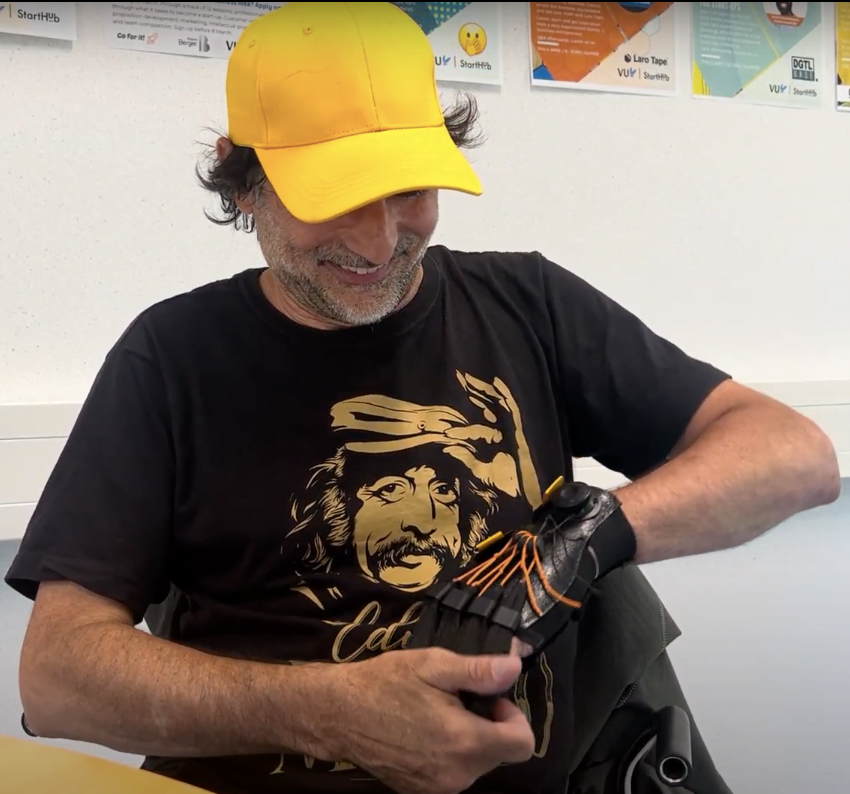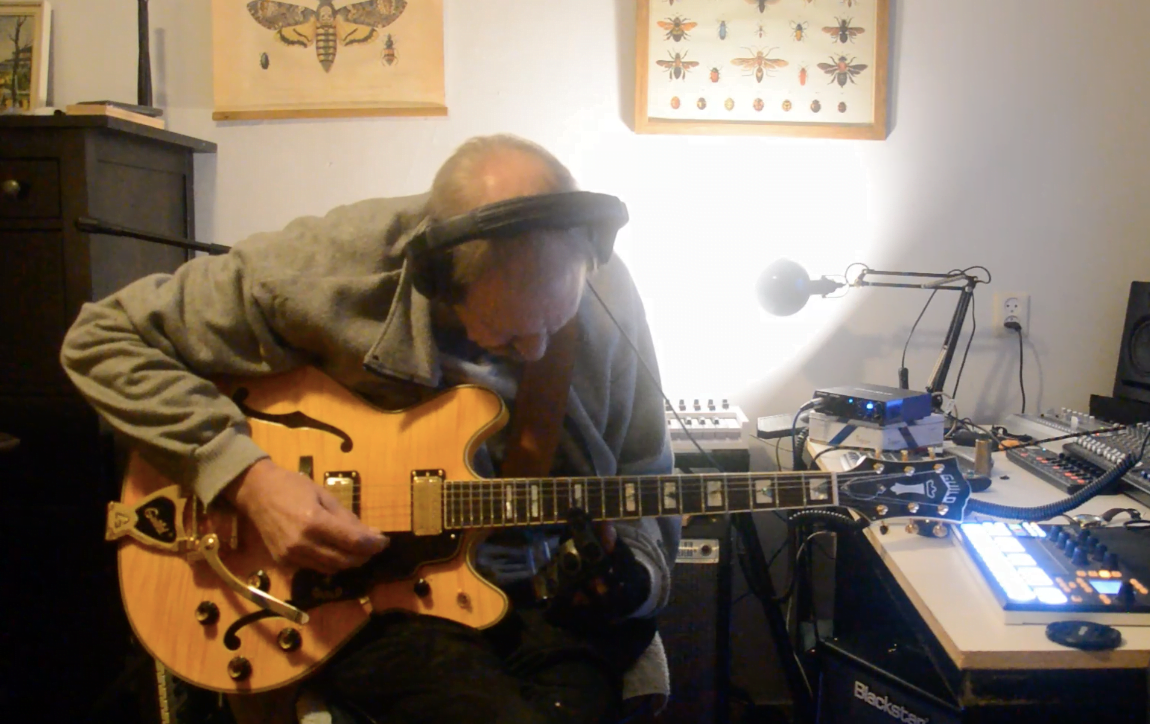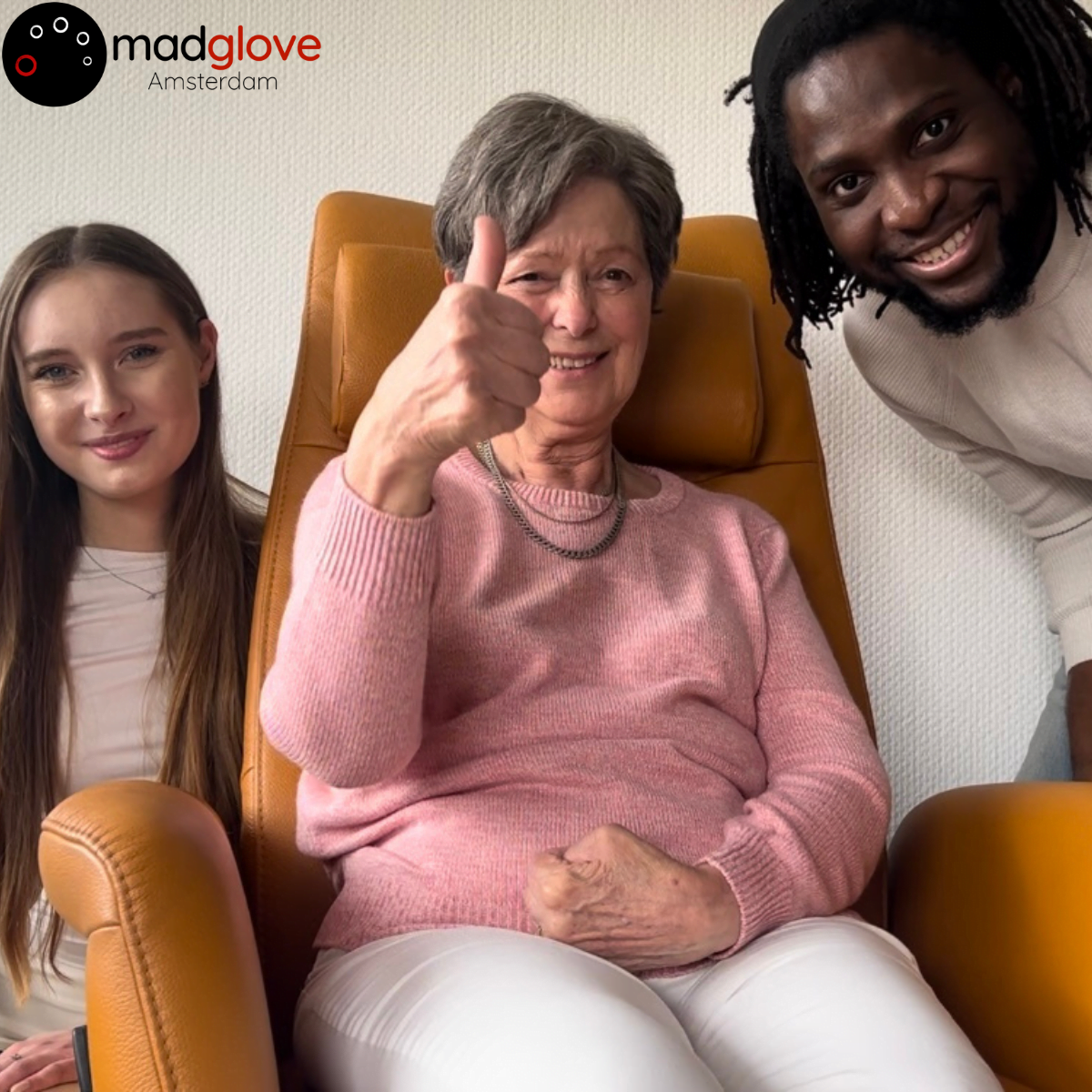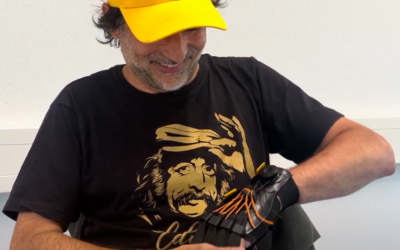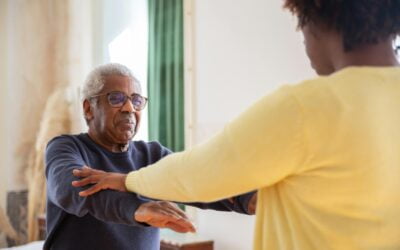Stroke
Overview
Stroke is a medical emergency, which happens to around 13.7 million individuals annually and is one of the main leading causes of disability worldwide. According to the world stroke organization, 1 in 4 adults will have a stroke in their lifetime and more than 100 million people are currently living with its devastating consequences. It occurs when the blood supply to the brain is interrupted or reduced. When this blood supply is disrupted, the brain can’t get the oxygen and nutrients it needs, and brain cells begin to die. This can result in a variety of permanent physical and mental problems.
[blockquote align=”none” author=”American Heart Association”]
Seven approaches to staying healthy: be active, keep a healthy weight, learn about cholesterol, don’t smoke or use smokeless tobacco, eat a heart-healthy diet, keep blood pressure healthy, and learn about blood sugar and diabetes mellitus.
[/blockquote]
Learn 15 things to include in your daily life to reduce your risk of having a stroke.
Consequences
According to the World Stroke Organization, 6.5 million people die from stroke every year globally. The one who survive, need to adapt and live with several short-term and long-term consequences, such as:
- movement disorder, such as upper-limb spasticity. Learn about upper-limb spasticity.
- pain
- difficulty to speak
- vision impairment
- deterioration in cognitive ability
- perception and orientation disorder
- dementia
- depression
- Emotional instability
[blockquote align=”none” author=”World Stroke Association”]
Over 143 million years of healthy life is lost each year due to stroke-related death and disability.
[/blockquote]
All of these disabilities lead to a drastic reduction in stroke-survivors quality of life and their participation in the society. The type and magnitude of the disorder depend highly on the types of stroke, its severity and its location in the brain.
Types of stroke
There are two main types of stroke:
- ischemic stroke
- hemorrhagic stroke.
Ischemic stroke is the most common type, accounting for more than 80% of all strokes. It happens when a blood clot blocks an artery or blood vessel leading to the brain. As a result of thrombosis, embolism or stenosis, this blockage prevent the brain from having access to sufficient oxygen and nutrients, leading to cell death.
Hemorrhagic stroke occurs when a blood vessel in the brain ruptures and causes bleeding. This lead to a increase in intracranial pressure, which can cause significant damage to the brain tissue. This type of stroke is less common, accounting for about 13% of all strokes.
Risk factors
The most common cause of stroke is atherosclerosis, a condition in which fatty deposits build up in the arteries and restrict blood flow due to thickening and loss of elasticity of the artery walls. Atherosclerosis is as well the reason behind heart attack.
Other factors that can increase the risk of stroke include:
- high blood pressure
- smoking
- unhealthy diet
- physical inactivity
- diabetes and obesity
- heart disease
- alcohol and drug abuse
- family history
- aneurysms (weak spots in the blood vessel walls)
- vasculitis (inflammation of the blood vessels)
- arteriovenous malformations (abnormal tangles of blood vessels in the brain)
How to detect stroke
One of the most important things to remember about stroke is that time is of the essence. The faster a person receives treatment, the better their chances of recovery. This is why it’s so important to recognize the signs of stroke and seek medical attention right away if you or someone you know is experiencing symptoms.
The American Stroke Association has developed a simple acronym to help people remember the signs of stroke: FAST. This stands for:
- Face drooping
- Arm weakness
- Speech difficulty
- Time to call 911 (US) or 112 (EU).
In addition, a loss of coordination, dizziness, confusion, blurred vision and any other type of limbs paralysis or numbness may be a sign of having a stroke.
Treatment
Many medicines and surgical intervention exist to reduce the acute effect of a stroke and save a person’s life. In case of ischemic stroke, it is important to restore blood flow to the brain as soon as possible. Antithrombotics (blood-thinning drugs), thrombolytics (drugs that are used to dissolve clots) and catheters (a tiny tube, which is inserted in the artery to resolve the clot). For hemorrhagic stroke, a surgical intervention is needed to remove the blood from the brain, and a procedure known as “clipping” can be used to clamp a bursted aneurysm or prevent it to burst again. For more information related to treatment for stroke, you an refer to this article from the National Institute of Neurological disorders and Stroke.
Recovery
Recovery from a stroke can be a long and difficult process, and the consequences can be permanent. According to the American Stroke Association, 40% of stroke survivors experience long-lasting moderate to severe impairments. The recovery process is very important as it is required for regaining independence and improving quality of life in stroke survivors. Some stroke survivors may need to relearn how to walk, talk, and perform other everyday activities. Rehabilitation is an important part of stroke recovery, and can involve:
- physical therapy (such as constraint-induced therapy, motor-skill exercises and range-of-motion therapy)
- technology assisted physical therapy (such as electrical stimulation or the use of robotic technology and virtual reality).
- occupational therapy (to improve everyday tasks, such as cooking or writing)
- speech therapy
- mental support
In addition to these therapy, a support from friends and family is very important as most of the survivors will need to live with their disability, which goes in most of the case, way beyond the time they spend with therapists.
Effective home therapy support as well as functional easy-to-use equipments to improve stroke rehabilitation and stroke survivor’s quality of life are still missing. However, most of the exercises done at the clinics can be continued at home. It is important for stroke survivors to remain active and participate in the society. For that, they can work with a personal trainer, take part in rehabilitation training programs (generally, with a group of persons having a similar disability) or adere to a sport club for disables athlete. Beyond physical activity, being part of any associations and meeting with other people regularly is important for the long-term motivation and mental stability.
Prevention
Prevention is maybe the easiest and safest thing to do when it comes to stroke. Some risk factors, such as age and family history, cannot be changed. However, there are many lifestyle factors that can be modified to reduce the risk of stroke. These include:
- Maintaining a healthy weight
- Eating a balanced diet
- Exercising regularly
- Not smoking
- Managing blood pressure and cholesterol levels
- Limiting alcohol consumption
Learn 15 things to include in your daily life to reduce your risk of having a stroke.
It is also important to remember that for people at risk, it is important to regularly meet your general practitioner, as medications (anticoagulant to prevent the formation of blood clots) and surgical procedures (repair or remove abnormal blood vessels) can be used to avoid the occurrence of a stroke.

